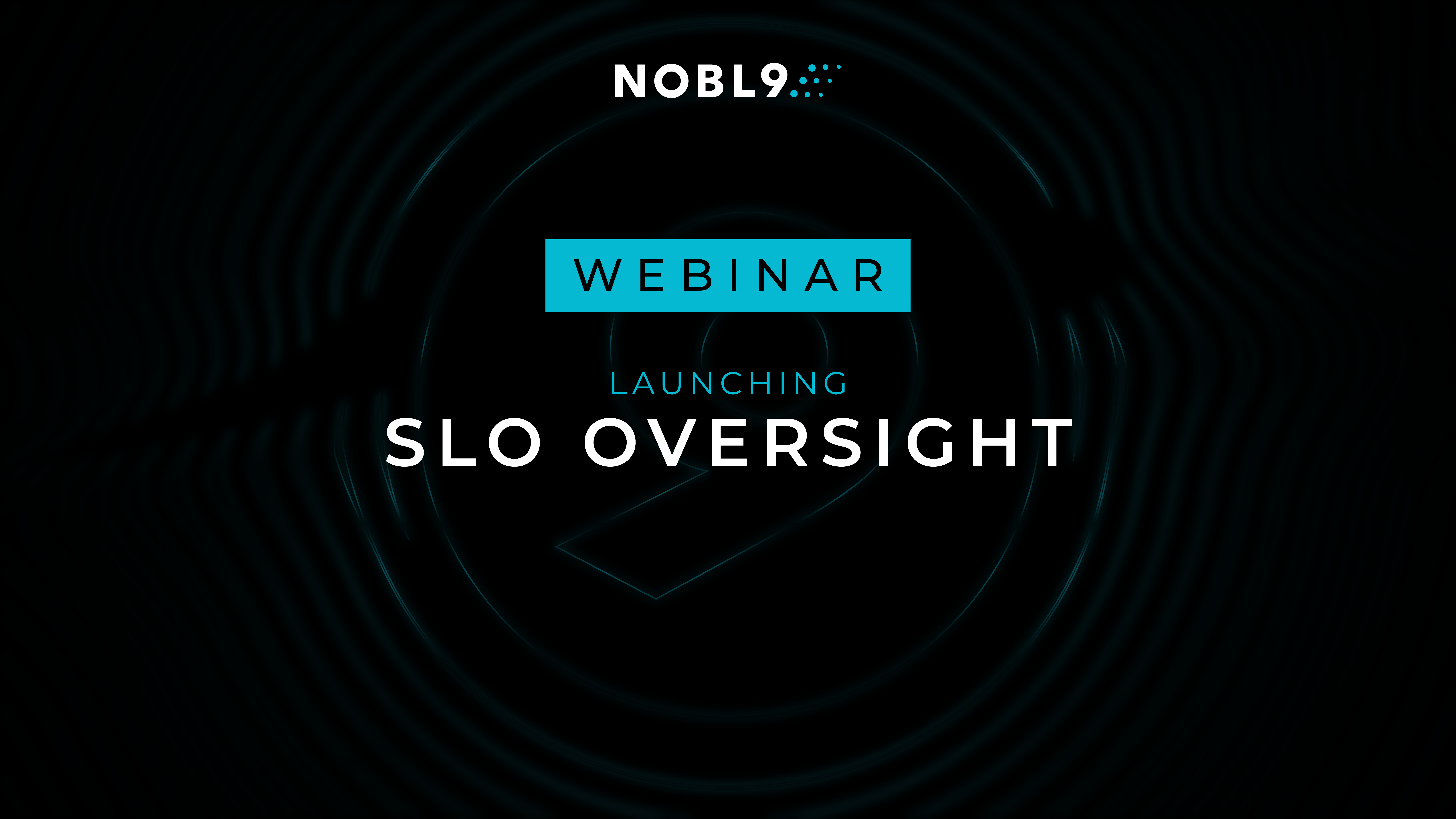More by Erza Zylfijaj:
Standardizing Reliability at Scale with Nobl9 and AWS Nobl9 Named Finalist for CRN 2024 Tech Innovator Award in Application Performance and Observability Introducing A New Way of Creating, Managing, and Sharing Reports Getting more from your SLOs with faster Workflows & Smarter Context What marketing to SRE teams has taught us about trust Are You Ready For #SLOconf? Why your next head of product should obsess over reliability After SLOConf: A Conversation About Reliability SLOs Gone Wild: Surviving Service Level Chaos with Advanced Strategies How to Sell Reliability to a Skeptical Exec? Strategies and Business Benefits of Implementing Service Level Objectives (SLOs)| Author: Erza Zylfijaj
Avg. reading time: 1 minute
In reliability engineering, knowing something is broken after a customer complains is already too late. Two global enterprises recently set out to change that.
Both companies adopted Nobl9 to bring structure to how they track reliability and manage SLA expectations. Each faced a familiar challenge: unreliable insights from fragmented monitoring tools, unclear accountability around performance, and growing alert fatigue across teams.
By pulling AWS CloudWatch telemetry into Nobl9, both organizations created meaningful SLOs tied to customer experience. Engineering teams started getting alerted before performance degraded, not after. Error budgets helped them focus on where to invest, while shared dashboards gave product and support teams the context they’d been missing. Teams integrated AWS-native telemetry via Amazon CloudWatch to feed SLOs with real-time, customer-impacting metrics, allowing for proactive alerting and improved service-level reporting.
In both implementations, teams saw a measurable impact. Alert fatigue decreased, reliability reporting became more accurate, and infrastructure cost was reduced by surfacing over-provisioned resources. With SLOs and error budgets in place, each team could prioritize based on customer experience instead of system noise. Centralizing performance metrics across tools like Amazon CloudWatch, Prometheus, and Datadog enabled more consistent, organization-wide reliability practices.
One team was able to identify over-provisioned infrastructure and scale it down without risking customer impact. Another used SLO insights to align frontline support with engineering, improving communication and cutting down resolution times.
Both outcomes came from one shift: putting structure around reliability with SLOs, powered by the Nobl9 platform and AWS data.
Built to Work with AWS
Nobl9 is an AWS Partner and integrates directly with Amazon CloudWatch, making it easy for teams to connect their existing telemetry and start building meaningful SLOs in minutes. Whether you're running in a single AWS region or across a complex architecture, Nobl9 helps engineering and operations teams define, measure, and report on reliability in ways that matter to the business.
Let us help with any of your reliability initiatives, including how you can leverage AWS in your environment.
Learn more about our AWS partnership.





.png)




.png?width=1200&height=628&name=Building%20Reliable%20E-commerce%20Experiences%20(42).png)
.png?width=1200&height=628&name=Building%20Reliable%20E-commerce%20Experiences%20(34).png)






Do you want to add something? Leave a comment